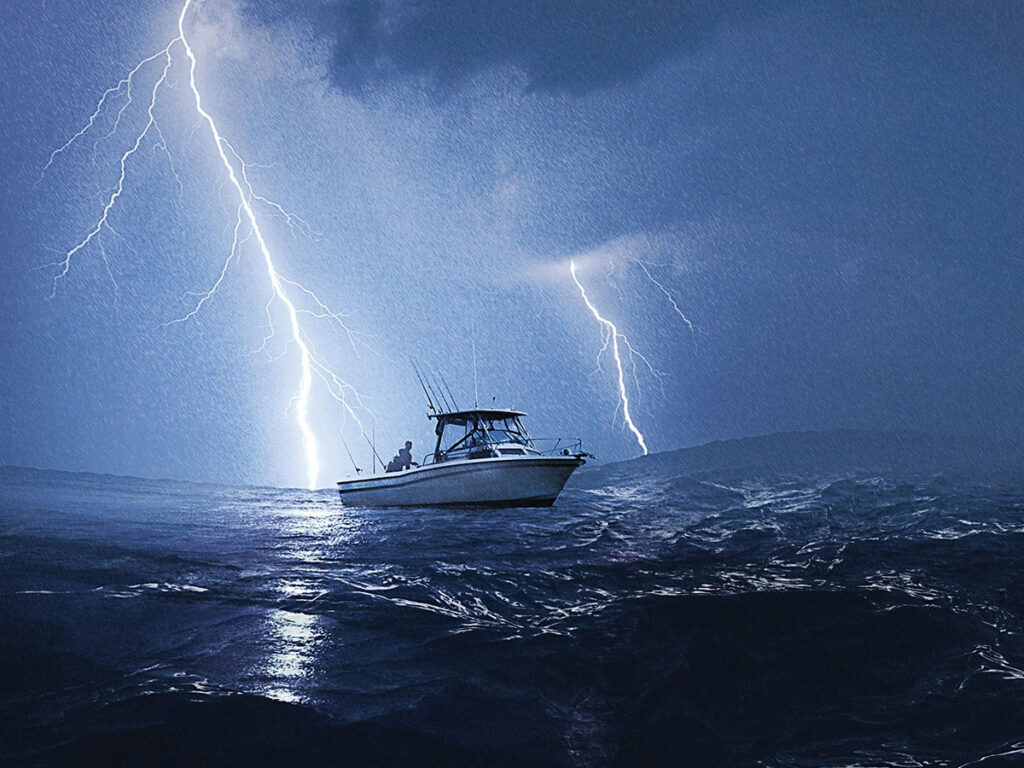
The boat just kept coming. I can still vividly recall the scene, even though it happened over 20 years ago. We were taking a break during a photo shoot in the Florida Keys, and we’d just sat down at an outdoor table at a dockside restaurant overlooking a long channel running out to deeper waters. Where the channel snaked closer to dry land, distinguished by mangroves on either side, it was marked by giant no-wake signs.
We all watched as a far-off go-fast, engines roaring, ran full throttle down the center of the channel, headed toward shore. It blazed past the no-wake signs and didn’t let up until it nearly hit the dock, throwing a huge wake into the boats tied up at the restaurant. We were about to give the driver an earful when he jumped up and yelled, “Please, someone call an ambulance!”
One of the people in the boat had suffered a medical incident and sat slumped over in his seat, unconscious. The boat’s VHF wasn’t working and this preceded the days of ubiquitous cellphone use, so the driver had no choice but to break the no-wake rule to save his friend’s life.
In this case, not only was the driver justified, but he also was legally allowed to do so, at least in Florida, which has a provision in statute 379.2431 that reads, “A person may engage in any activity otherwise prohibited by this subsection or any rule or ordinance adopted pursuant to this subsection if the activity is reasonably necessary in order to prevent the loss of human life or a vessel in distress due to weather conditions or other reasonably unforeseen circumstances, or in order to render emergency assistance to persons or a vessel in distress.”
Looking back, we never did find out what happened to the guy, but it brought to mind three scenarios where the best thing to do might be to break the rules.
Medical Emergency
If someone on your boat is in medical danger, your first course of action should be to alert authorities, over your VHF, where it applies, or by calling 911. If they can’t get to you and your best course of action is to run to land, you should alert them to where you are heading and notify them that you intend to speed through no-wake zones. You should also broadcast this over VHF on both Channel 16 and the general recreational channels to alert others of your intent.
Unsafe Weather
I have personally broken no-wake rules and other rules of the road a couple of times after being surprised on the water by sudden thunderstorms. In those cases, with lightning crashing all around us, the threat of electrocution superseded the danger of running on plane in a no-wake zone, and we ran as safely as we could at speed to the safety of the marina. In this case too, the best course of action is to notify both authorities and the general public of your intent over the VHF.
Read Next: What to Do if Your Boat’s Engine Dies
Accident Avoidance
Whether on plane or in idle, under power or at rest, every boat on the water is subject to the navigational rules of the road. These rules dictate which vessel gives way and which one must maintain its course and speed—stands on—under a number of circumstances. If you are in the wrong, both the law and your insurance provider are not on your side. The one caveat, which is stated in the Coast Guard’s rules for coastal and inland navigation, is a special circumstance where it is necessary to avoid immediate danger. In other words, if you are the stand-on boat and the approaching vessel doesn’t realize it, do whatever it takes to avoid collision.









